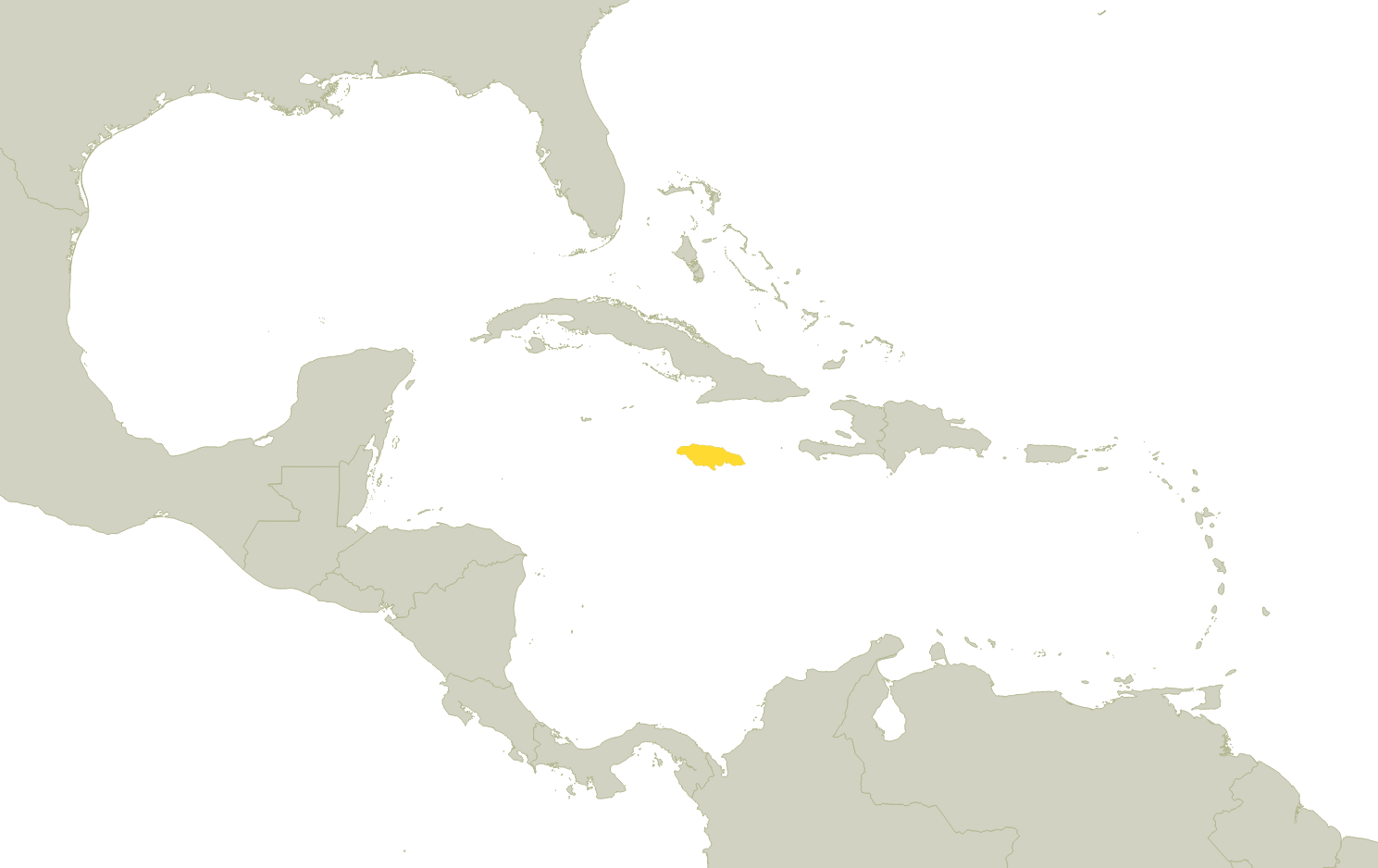Jamaica is an England-sized Caribbean island located south of Cuba. The nation is known for its mountainous terrain. The roughly 3 million residents are well distributed throughout the country, but a slight increase in population density can be observed close to Kingston, Montego Bay, and Port Esquivel. Historically, cacao and sugarcane dominated Jamaica’s economy but it has since moved towards a more service based economy with a focus on tourism and remittances. Overall, services account for 70% of the nation’s GDP. The bauxite/alumina sector (5% of GDP) was the most affected by world financial crisis, while services remained resilient.
200,000 people don’t have access to electricity in Jamaica according to CIA numbers, which corresponds to almost 7% of the overall national population. Jamaica Public Service Company Limited (JPS) is the only Jamaican power utility company, 80% is owned by foreign companies. Its production lies on Heavy Fuel Oil (76.82%), Automotive Diesel Oil (17.36%), other sources such as wind and hydro sum approximately 7% of the energy production share. Energy cost is about $0.39 per kilowatt-hour, above the regional average. Losses are still represented by a two-digit percentage rate because of significant energy theft, which costs fall to consumers.
The Jamaican National Energy Policy is an important legal mark, planning a long-term path leading the country to its targets: 12.5% by 2015 of the energy mix will be renewable sources, and 20% by 2030. However, the initial 2012 target (11% renewable sources) suggested by the official document wasn’t achieved. “Tax exemptions for energy efficiency equipment, energy labeling for refrigerators and freezers, and utility-led energy audit program” were measures adopted by the National Policy. The government of Jamaica also intends to promote a National Building Code to improve energy efficiency in new buildings, which was recently approved by the Parliament in January, 2016. A previous target of 30% reduction in energy costs for public building had already been set by the National Policy and might contribute to this movement towards energy efficiency.
Biomass, hydro, wind and solar are the renewable sources of most potential in Jamaican territory. Even though, there is no solar energy production on the utility scale.
JPS recently requested proposals for renewable capacities, in 2012. The three following winners were selected and announced in 2014: BMR Wind Jamaica, with a 34 MW wind capacity that will cost $90 million, Wigton Wind Farm with a 24 MW project that will incorporate existing facilities ($46 million), and WRB Enterprises, with a $60-million 20-MW solar facility. Also, “JPS commissioned it’s 9th hydroelectric power plant, supplied by the Black River in St. Elizabeth, at a cost of over US$36M – the largest hydroelectric development to take place in Jamaica since independence.”

